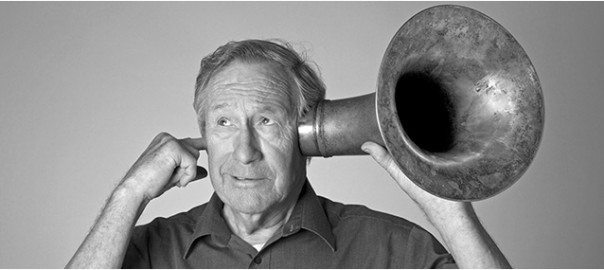Hearing Aid Evaluation
If you have had a hearing test done which shows that you would benefit from a hearing aid you may choose to book a hearing aid evaluation. This can be done through Dr. Robichaud’s secretary at the front desk, by phone or email. After review of your hearing test, the various types of hearing aids will be discussed and shown to you.
There are several accessories available to some hearing aids which may discussed during the evaluation. These include blue tooth functionality from the television or cell phone directly to your hearing aid. The more sophisticated digital processors are often needed for more difficulty listening environments. If you are not exposed to a lot of background noise then you will likely be fine with a less expensive digital hearing aid. There are five different main types of hearing aids. The goal is to find one that will meet your hearing needs that will also fit your budget.
Once the style of hearing aid is determined a mould of your ear will be taken if needed. This is required for all hearing aids except for open ear technology aids. The impressions are sent to the hearing aid manufacturer for processing. In several weeks you will be called in for the fitting and instructions on using your new hearing aid(s). There is a 30 day hearing aid trial period. It is important that you wear the hearing aids as much as possible during that time to get used to them. Hearing aids cannot be returned after the 30 day trial period. Hearing aids must be paid for in full at the time of the fitting.
Types of Hearing Aids
CIC
Fitting “completely in the canal”, it is the least visible hearing aid available. This style requires that the patient have good dexterity in order to manipulate the small device and battery. The CIC is best suited for hearing loss in the mild to moderate range.
ITC
Still having a cosmetically appealing look, this device fills the outer portion of the ear canal. The “in the canal” aid has a larger battery, which allows for more power and longer battery life. The ITC fits mild to moderate hearing loss.
ITE
Filling the entire bowl of the outer ear, this “in the ear” style of hearing aid uses a larger battery generating even more power and battery life. The ITE is best suited for mild to severe hearing loss.
BTE
The “behind the ear” device is connected to a custom made ear mould that fits in the canal through a clear tube. This style of hearing device can be used for mild to profound hearing loss and allows for the most amplification and longest battery life possible.
OTE
Open Ear Technology
The newest hearing aids offer many advantages of traditional hearing aids without completely occluding the canal. This allows amplification keeps the ear open to lower pitched sounds that don’t need amplification. A small thin tube delivers digitally processed sound to the eardrum from a small processor located behind the ear. The device is cosmetically appealing and delivers improved clarity, particularly in the presence of background noise.



